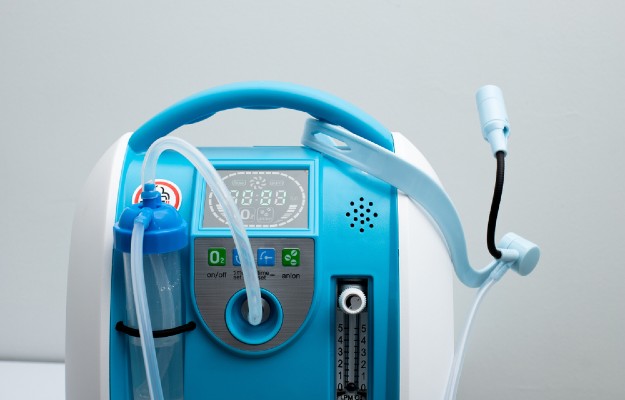Worst-case scenario: severe acute respiratory syndrome coronavirus 2, or SARS-CoV-2, can stay active on flat, non-porous surfaces like money (both plastic and paper currency notes) and phone screen for 28 days. (SARS-CoV-2 is the new beta-coronavirus that causes COronaVIrus Disease 2019 or COVID-19.)
This finding, based on a study done by the Commonwealth Scientific and Industrial Research Organisation (CSIRO), the Australian government's scientific research organisation, was published in the peer-reviewed Virology Journal on 7 October 2020.
Why is this significant?
For two reasons: One, health organisations around the world have notified the public that surface transmission is a lot less likely than droplet transmission of COVID-19 (when someone sneezes or coughs or talks loudly, droplets from their mouth can travel a long distance and stay airborne for a while before falling to the ground). However, this doesn't mean that the threat of surface transmission—by touching surfaces that are contaminated with the virus—is still minuscule.
As economies open up and more of us visit ATMs and banks, we will have to be extra vigilant about maintaining hand hygiene and taking care that we don't unwittingly or accidentally touch our eyes, nose or mouth after handling money or touching surfaces that may have the virus.
(Having said that, there's no need to panic: our skin is an excellent barrier against attack from such viruses. Unless there is a cut or wound that breaks the skin, these pathogens cannot enter the body via this route.)
The second reason is that the virus seems to have a longer life when the ambient temperature is 20 degrees Celsius compared with 40 degrees Celsius. As much of the northern hemisphere heads towards winter, this study is a reminder to put our guard up again.
Read on to know more about the study findings and tips to handle banknotes during the COVID-19 pandemic.
























